When you think about late 1990s fashion trends, you might picture a mix of casual and eclectic styles that defined an era. You've got slip dresses and oversized sweatshirts for women, while men leaned towards baggy jeans and graphic tees, all influenced by the burgeoning hip-hop culture. Icons like Kate Moss and the Spice Girls didn't just wear these styles; they shaped them. As e-commerce began to rise, fashion became more accessible than ever, but what does this mean for the way we express ourselves today?
Evolution of Womenswear

The late 1990s brought a dramatic evolution in womenswear, marked by a shift towards casual and minimalist styles that you could wear for any occasion. Slip dresses emerged as a staple, effortlessly shifting from day to night, allowing you to feel chic and comfortable. Influenced by the grunge movement, you embraced oversized sweatshirts and cargo pants, combining utility and style in your everyday wardrobe. This casual aesthetic dominated the fashion scene, providing a invigorating contrast to the more structured looks of previous years. As you explored vintage clothing, the rise of second-hand stores became a treasure trove for unique pieces, fueling the casual chic trend. Understanding vintage clothing labels also played a crucial role in finding and appreciating these unique garments.
Neon colors and bold geometric prints faded from the spotlight, replaced by subdued palettes of blacks, whites, and soft pastels, creating a more sophisticated, minimalist look. Icons like Kate Moss played a crucial role in shaping this evolution, showcasing the allure of the sexy schoolgirl style, which blended innocence with a hint of seduction.
This era of womenswear allowed you to express individuality while embracing comfort, leading to a more relaxed approach to fashion. The combination of casual elements and vintage inspiration created a rich tapestry of styles that defined the late 1990s. Overall, the evolution of womenswear during this time not only redefined what it meant to be stylish, but also empowered you to prioritize comfort and self-expression, making it an exhilarating period in fashion history.
Changes in Menswear
Late 1990s menswear underwent a notable transformation, embracing a more casual and relaxed style that resonated with a broader audience. This shift was heavily influenced by hip-hop culture, where baggy jeans and oversized graphic tees became everyday staples. You'd often see guys rocking relaxed fits that not only provided comfort but also offered a cool, laid-back vibe. Brands like Polo Ralph Lauren, known for their vintage characteristics, and Tommy Hilfiger played a significant role in popularizing preppy styles, including khaki pants and polo shirts, which mixed well with the emerging casual aesthetics.
As thrift store fashion gained traction, men began to adopt a nonchalant, disheveled look that emphasized individuality, perfectly aligning with the ethos of the grunge movement. Casual Fridays were a game-changer in the workplace, with jeans and untucked shirts creeping into office attire, reflecting a broader cultural shift towards comfort in professional settings. This acceptance of more relaxed clothing allowed you to express your personality while still looking sharp.
Iconic figures like Brad Pitt also influenced this evolution, showcasing how to blend dressy casual elements by pairing jeans and blazers with dress shirts. This style not only blurred the lines between formal and informal dressing but also inspired men to rethink their wardrobes by the end of the decade. The late 1990s truly marked a turning point in menswear, celebrating comfort and individuality in an exciting new way.
Cultural Influences on Fashion
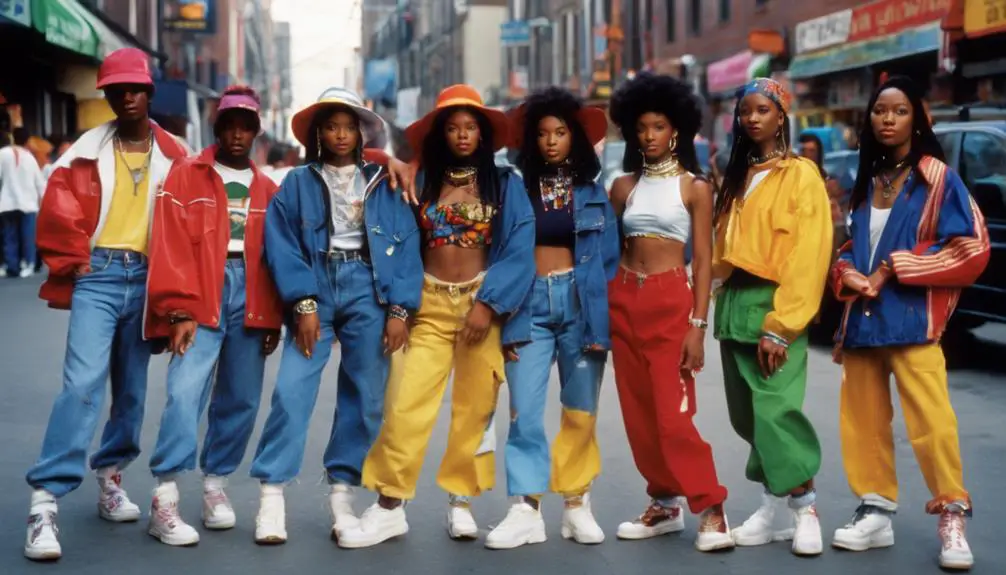
As pop culture surged in the late 1990s, fashion underwent a vibrant transformation shaped by various cultural influences. One of the most significant impacts came from the Spice Girls, who championed the "girl power" movement, inspiring you to embrace bold and eclectic styles. Their influence encouraged a mix of casual wear that combined elements from different fashion genres, allowing for personal expression. This era also saw the emergence of tattoo artistry in mainstream culture, especially through figures like Ed Hardy, who brought tattoo art into fashion with unique designs that resonated with youth culture.
Hip-hop culture played a pivotal role, popularizing baggy pants, oversized graphic tees, and sneakers. Icons like Will Smith and groups like TLC showcased a style that emphasized comfort and individuality, making these trends accessible to everyone. Meanwhile, grunge fashion continued to thrive, rooted in Seattle's music scene, where flannel shirts and ripped jeans became staples. You could often spot combat boots as a go-to footwear choice, reflecting the laid-back, rebellious spirit of the era.
The rave culture also emerged, infusing fashion with bright colors and oversized clothing. Neon hues and accessories like glow sticks not only captured attention but also embodied a playful and experimental approach to style. With the globalization of fashion, the internet facilitated the exchange of these diverse trends across the globe, blending influences from the U.S. and Europe, and leading to a fascinating homogenization of styles.
Notable Fashion Icons
Five iconic figures defined the fashion landscape of the late 1990s, each leaving a unique mark that continues to influence styles today. Kate Moss emerged as a defining fashion icon, popularizing the "heroin chic" aesthetic, which emphasized a more vulnerable and ethereal look, starkly contrasting the glamazon supermodels of the past. This era of fashion also saw the rise of streetwear, heavily influenced by brands like Adidas, known for their vintage styles and cultural significance in the 80s and 90s, particularly through the evolution of their logo. Meanwhile, Naomi Campbell dominated the runway, becoming a household name and representing diversity in high fashion while also exploring acting and music.
Jennifer Aniston stole hearts with her portrayal of Rachel Green in "Friends," making the iconic "Rachel haircut" a must-have for women everywhere, ultimately influencing casual fashion choices throughout the decade. The Spice Girls burst onto the scene, embodying the "girl power" movement and impacting fashion with their distinct personal styles that blended sporty, playful, and edgy elements.
Designers like Marc Jacobs and Tom Ford became influential figures during this period. Jacobs' grunge-inspired collections for Perry Ellis challenged traditional fashion norms, while Ford's sexy, sophisticated aesthetic at Gucci redefined luxury. Their contributions shaped fashion trends that resonated with the youth, merging high fashion with street style and accessibility.
From Calvin Klein's minimalist approach to the exuberant flair of the Spice Girls, the late 1990s was a vibrant time for fashion, driven by these notable icons. They not only dictated trends but also inspired generations, proving that their impact is still felt in today's fashion landscape.
Retail Trends and Impact
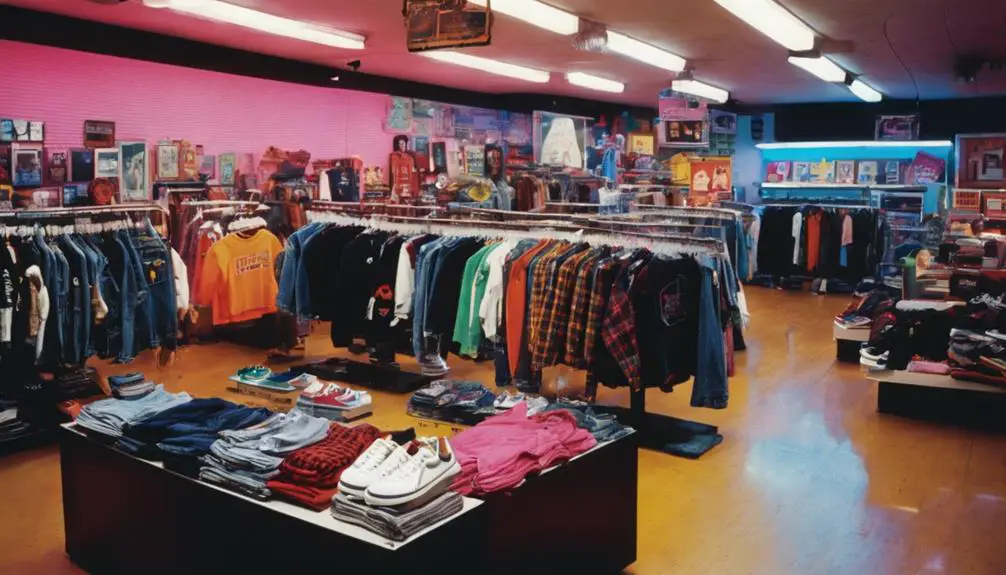
During the late 1990s, a significant shift occurred in the retail landscape that transformed how consumers accessed fashion. E-commerce emerged as a game-changer, allowing you to shop online for the latest trends from the comfort of your home. This newfound access expanded your choices, giving you the chance to explore a wider range of styles and brands than ever before. Retail trends pivoted towards casual clothing, with popular retailers like The Gap making hooded sweatshirts and cargo pants staples of everyday wear.
Thrift store fashion also gained momentum during this period, as you sought unique styles that reflected your individuality and embraced the authenticity of vintage pieces. This desire for distinctiveness was further fueled by the influence of fashion magazines and hit television shows like "Friends" and "Clueless," which shaped youth culture and highlighted specific trends and brands.
Designers like Ralph Lauren recognized this shift and introduced diffusion lines, making their high-end styles more accessible to a broader audience. These licensing agreements allowed you to enjoy fashionable pieces without breaking the bank, catering to diverse consumer demographics. The late 1990s marked a pivotal point in retail, blending e-commerce with the era's signature casual looks and thrift store finds, paving the way for a more inclusive fashion landscape. As a result, you had the freedom to express yourself through unique styles that resonated with the vibrant culture of the time.
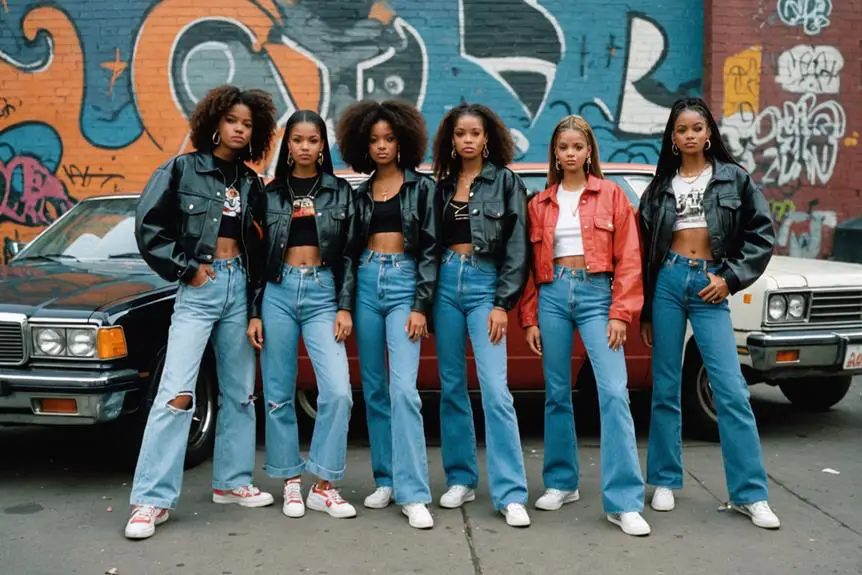


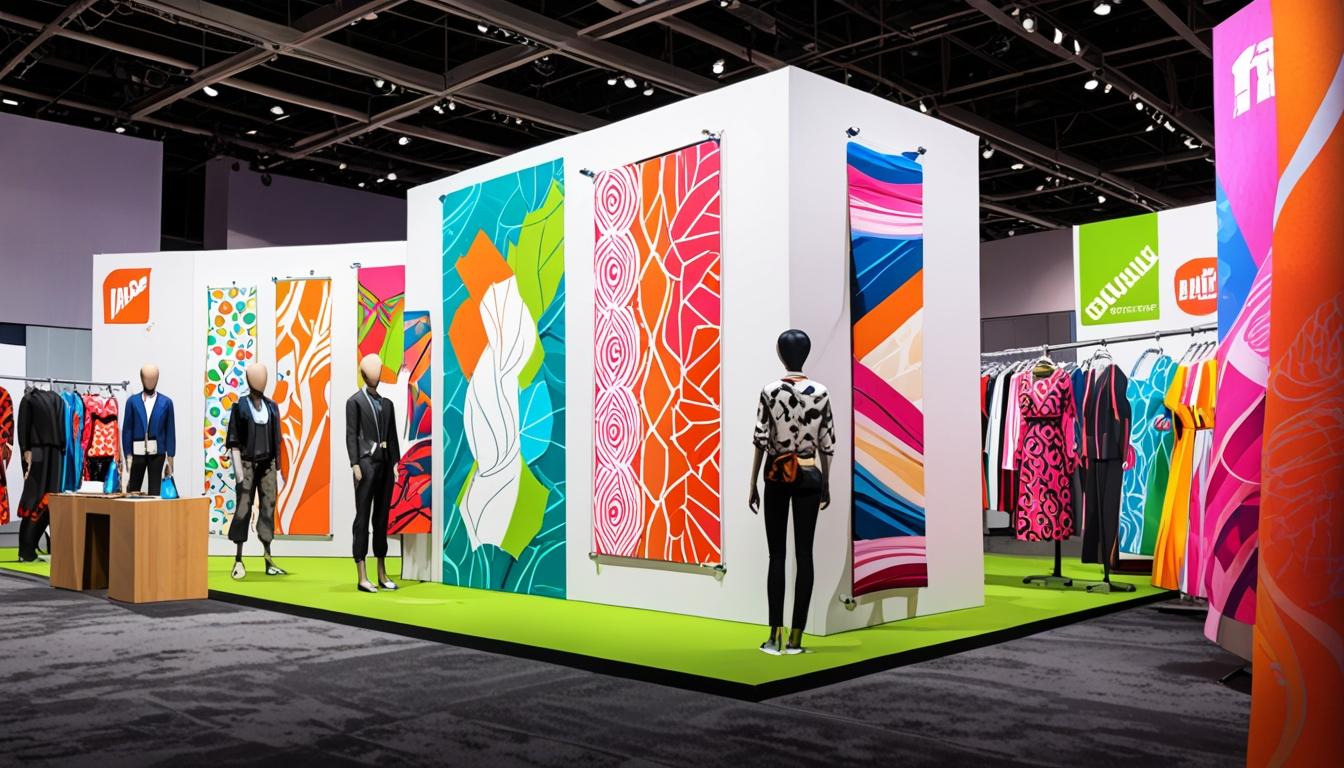
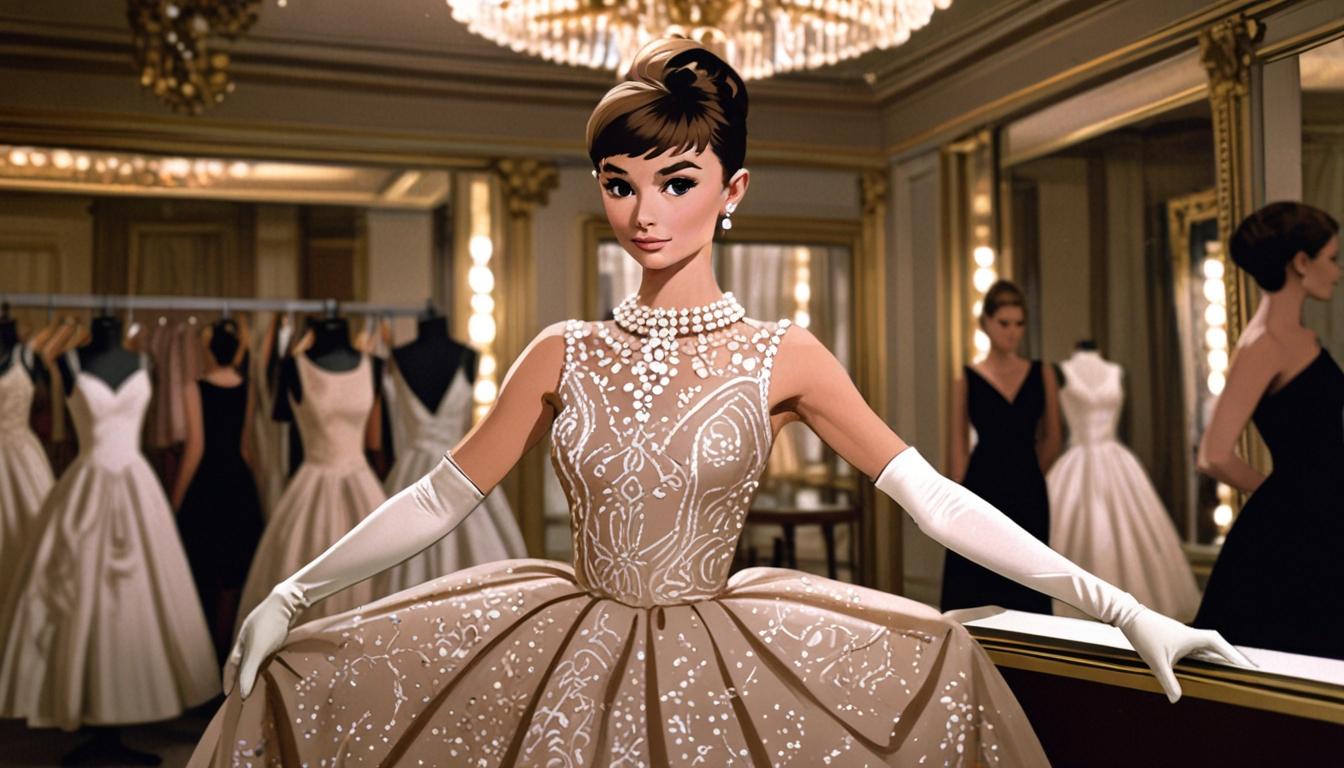
I really like your writing style, fantastic info , appreciate it for putting up : D.